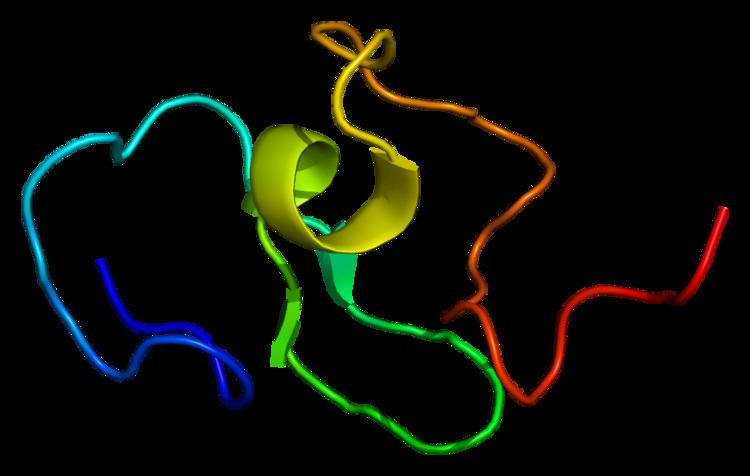Entrez 9031 | Ensembl ENSG00000009954 | |
 | ||
External IDs MGI: 1353499 HomoloGene: 22651 GeneCards: BAZ1B | ||
Function
This gene encodes a member of the bromodomain protein family. The bromodomain is a structural motif characteristic of proteins involved in chromatin-dependent regulation of transcription. This gene is deleted in Williams-Beuren syndrome, a developmental disorder caused by deletion of multiple genes at 7q11.23.
Animal models
Model organisms have been used in the study of BAZ1B function. A conditional knockout mouse line, called Baz1btm2a(KOMP)Wtsi, was generated as part of the International Knockout Mouse Consortium program — a high-throughput mutagenesis project to generate and distribute animal models of disease to interested scientists — at the Wellcome Trust Sanger Institute.
Male and female animals underwent a standardized phenotypic screen to determine the effects of deletion.
Six significant phenotypes were reported:
Interactions
BAZ1B has been shown to interact with:
